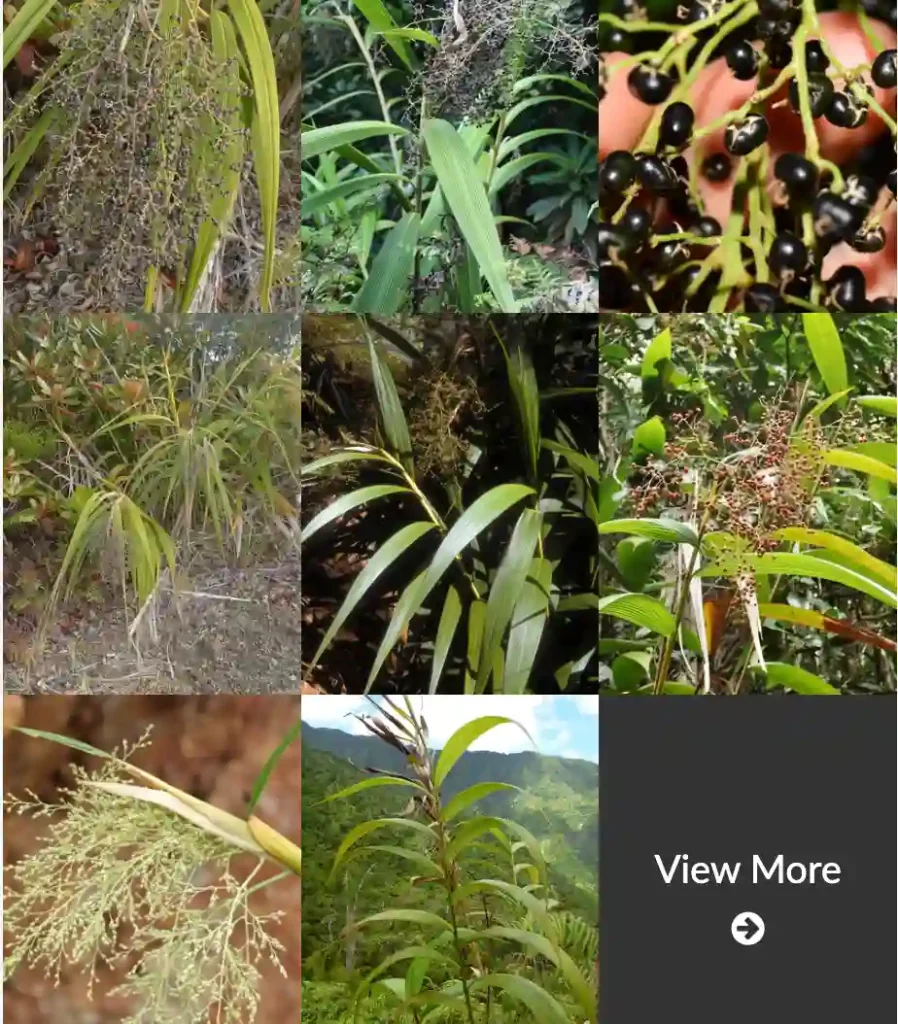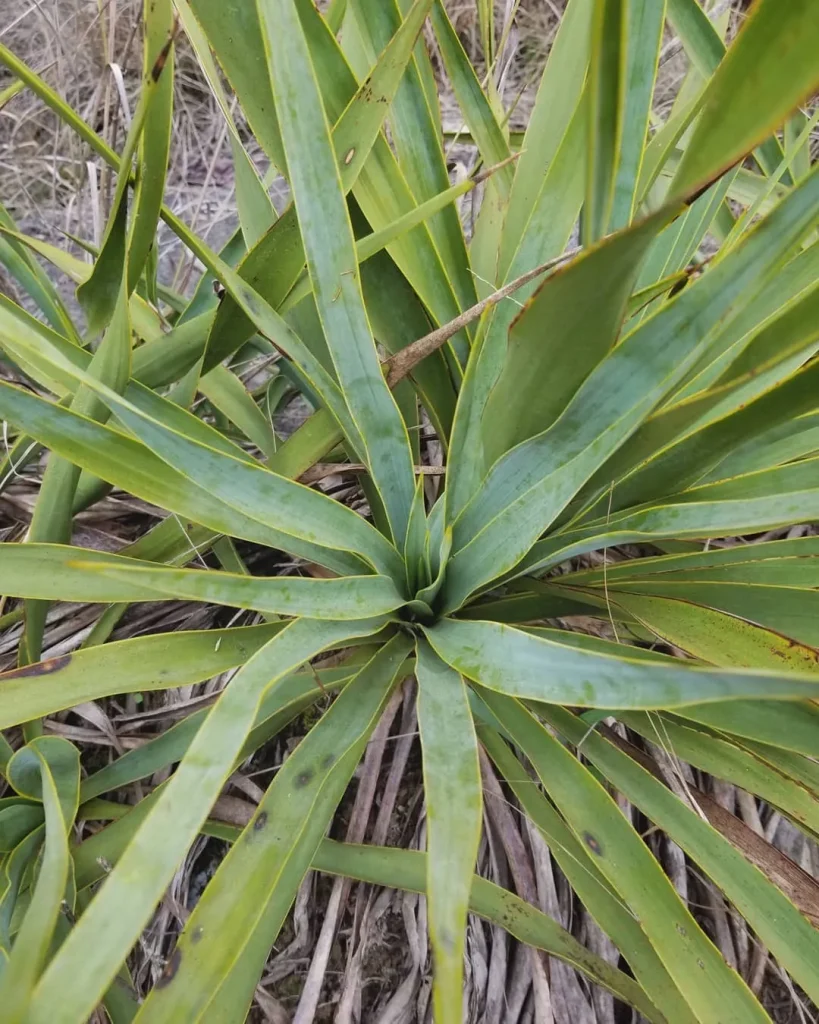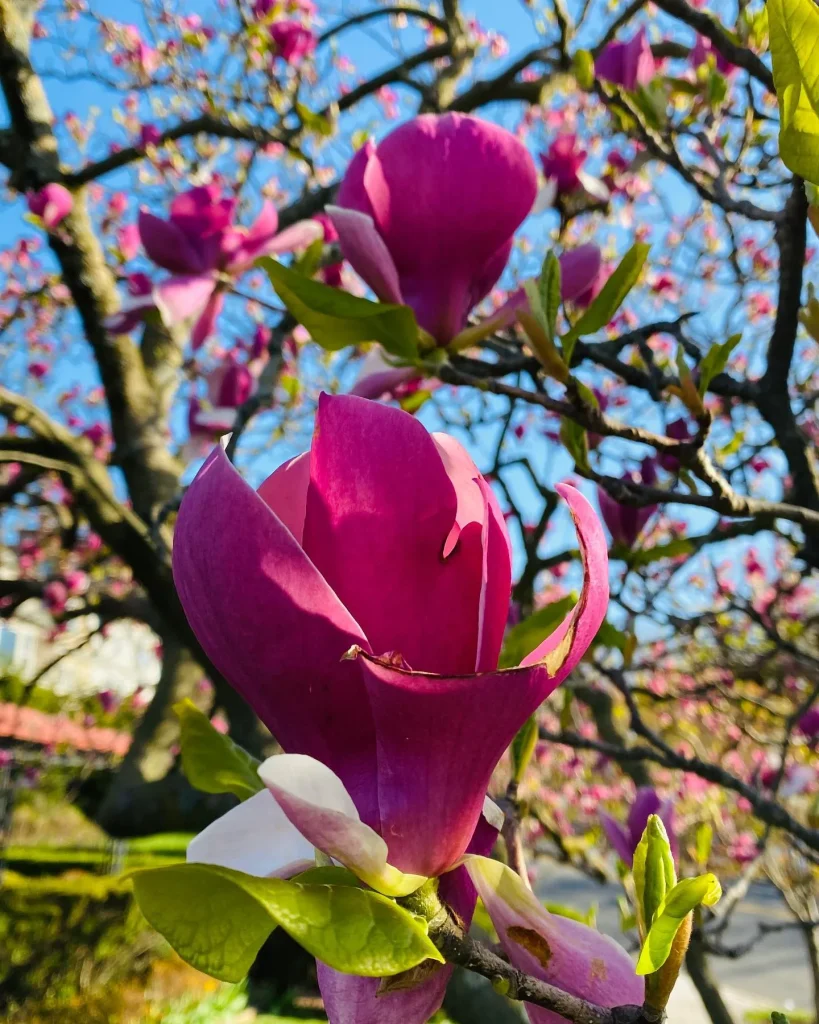My Fascination with the Stephania Genus
Hi, I’m Ferb Vu, and I’m captivated by the Stephania genus. These fascinating plants, belonging to the Menispermaceae family, are native to eastern and southern Asia and Australia. They’re herbaceous perennial vines, typically growing up to around four meters tall. But what truly sets them apart are their large, woody caudexes – a swollen stem base that acts as a water and nutrient store. Imagine a gnarled, ancient-looking base from which delicate vines and leaves emerge. That’s the magic of Stephania.
A Diverse Genus
The Stephania genus boasts a remarkable diversity of species. Here are:
- Stephania abyssinica (Quart.-Dill. & A.Rich.) Walp.
- Stephania andamanica Diels
- Stephania bancroftii F.M.Bailey
- Stephania brachyandra Diels
- Stephania brevipedunculata C.Y.Wu & D.D.Tao
- Stephania brevipes Craib
- Stephania cambodica Gagnep.
- Stephania capitata (Blume) Spreng.
- Stephania cephalantha Hayata
- Stephania chingtungensis H.S.Lo
- Stephania corymbosa (Blume) Walp.
- Stephania crebra Forman
- Stephania cyanantha Welw. ex Hiern
- Stephania delavayi Diels
- Stephania dentifolia H.S.Lo & M.Yang
- Stephania dicentrinifera H.S.Lo & M.Yang
- Stephania dictyoneura Diels
- Stephania dielsiana Y.C.Wu
- Stephania dinklagei (Engl.) Diels
- Stephania dolichopoda Diels
- Stephania ebracteata S.Y.Zhao & H.S.Lo
- Stephania elegans Hook.f. & Thomson
- Stephania epigaea H.S.Lo
- Stephania excentrica H.S.Lo
- Stephania formanii Kundu & S.Guha
- Stephania glandulifera Miers
- Stephania gracilenta Miers
- Stephania grandiflora Forman
- Stephania hainanensis H.S.Lo & Y.Tsoong
- Stephania herbacea Gagnep.
- Stephania intermedia H.S.Lo
- Stephania japonica (Thunb.) Miers
- Stephania kaweesakii Jenjitt. & Ruchis.
- Stephania kuinanensis H.S.Lo & M.Yang
- Stephania kwangsiensis H.S.Lo
- Stephania lincangensis H.S.Lo & M.Yang
- Stephania longa Lour.
- Stephania longipes H.S.Lo
- Stephania macrantha H.S.Lo & M.Yang
- Stephania mashanica H.S.Lo & B.N.Chang
- Stephania merrillii Diels
- Stephania micrantha H.S.Lo & M.Yang
- Stephania mildbraedii Diels
- Stephania miyiensis S.Y.Zhao & H.S.Lo
- Stephania moluccana Forman
- Stephania montana Diels
- Stephania neoguineensis Kundu & S.Guha
- Stephania novenanthera Heng C.Wang
- Stephania oblata Craib
- Stephania officinarum H.S.Lo & M.Yang
- Stephania papillosa Craib
- Stephania pierrei Diels Plant FAQs: Stephania Erecta – Stephania Pierrei
- Stephania polygona N.H.Xia & V.T.Chinh
- Stephania psilophylla (C.Presl) Forman
- Stephania renifolia Forman
- Stephania reticulata Forman
- Stephania rotunda Lour.
- Stephania salomonum Diels
- Stephania sinica Diels
- Stephania suberosa Forman
- Stephania subpeltata H.S.Lo
- Stephania succifera H.S.Lo & Y.Tsoong
- Stephania sutchuenensis H.S.Lo
- Stephania tetrandra S.Moore
- Stephania tomentella Forman
- Stephania tuberosa Forman
- Stephania venosa (Blume) Spreng.
- Stephania viridiflavens H.S.Lo & M.Yang
- Stephania wightii (Arn. ex Wight) Dunn
- Stephania yunnanensis H.S.Lo
- Stephania zippeliana Miq.
Why I’m Drawn to Stephania
My interest in Stephania stems from a combination of factors. First and foremost, their unique caudexes are simply mesmerizing. The way these structures develop, often with intriguing textures and shapes, is a testament to the plant’s resilience and adaptability. It’s like having a living sculpture in your home.
Secondly, I appreciate the relative ease of care that Stephania plants require. They thrive in well-draining soil and bright, indirect light. Their ability to store water in their caudexes makes them somewhat drought-tolerant, which is forgiving for those of us who may occasionally forget to water.
Finally, I find the vining habit of Stephania to be quite versatile. They can be trained to climb a support, allowed to trail from a hanging planter, or even pruned to maintain a more compact shape. This adaptability makes them suitable for a variety of indoor spaces.
More Than Just a Pretty Face
Beyond their aesthetic appeal, Stephania plants have a rich history of use in traditional medicine. Various species have been employed to treat a range of ailments, from fever and inflammation to pain and even some cancers. While I’m not an expert in herbal medicine, I find this aspect of Stephania to be incredibly interesting. It adds another layer of depth to my appreciation for these plants.
My Growing Collection
I’ve been steadily expanding my Stephania collection over the past few years. It’s become a rewarding hobby, and I enjoy the challenge of sourcing new and unusual species. Each new addition brings a unique element to my plant collection, and I love observing their growth and development over time.
One of my favorite things to do is to photograph my Stephania plants. The intricate details of their caudexes and leaves are truly captivating, and I find that photography allows me to appreciate them on a deeper level.
Looking Ahead
I’m excited to continue exploring the world of Stephania. There’s still so much to learn about these fascinating plants, and I’m eager to discover new species and cultivate them successfully. I believe that Stephania plants have the potential to become even more popular in the future, as more people discover their unique beauty and ease of care.
If you’re looking for a plant that is both visually striking and relatively low-maintenance, I highly recommend considering a Stephania. You might just find yourself as captivated by them as I am.
If i die, water my plants!



